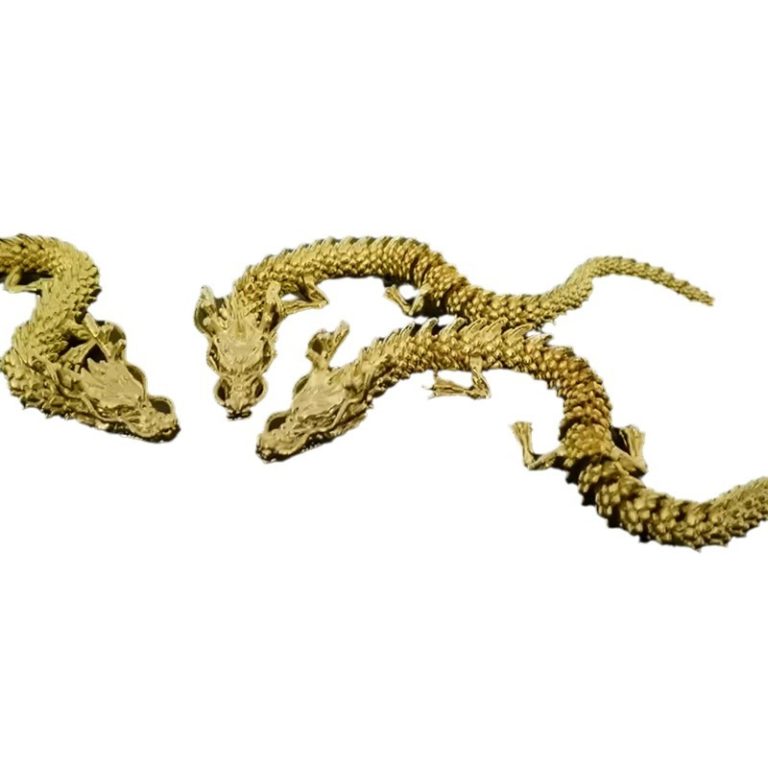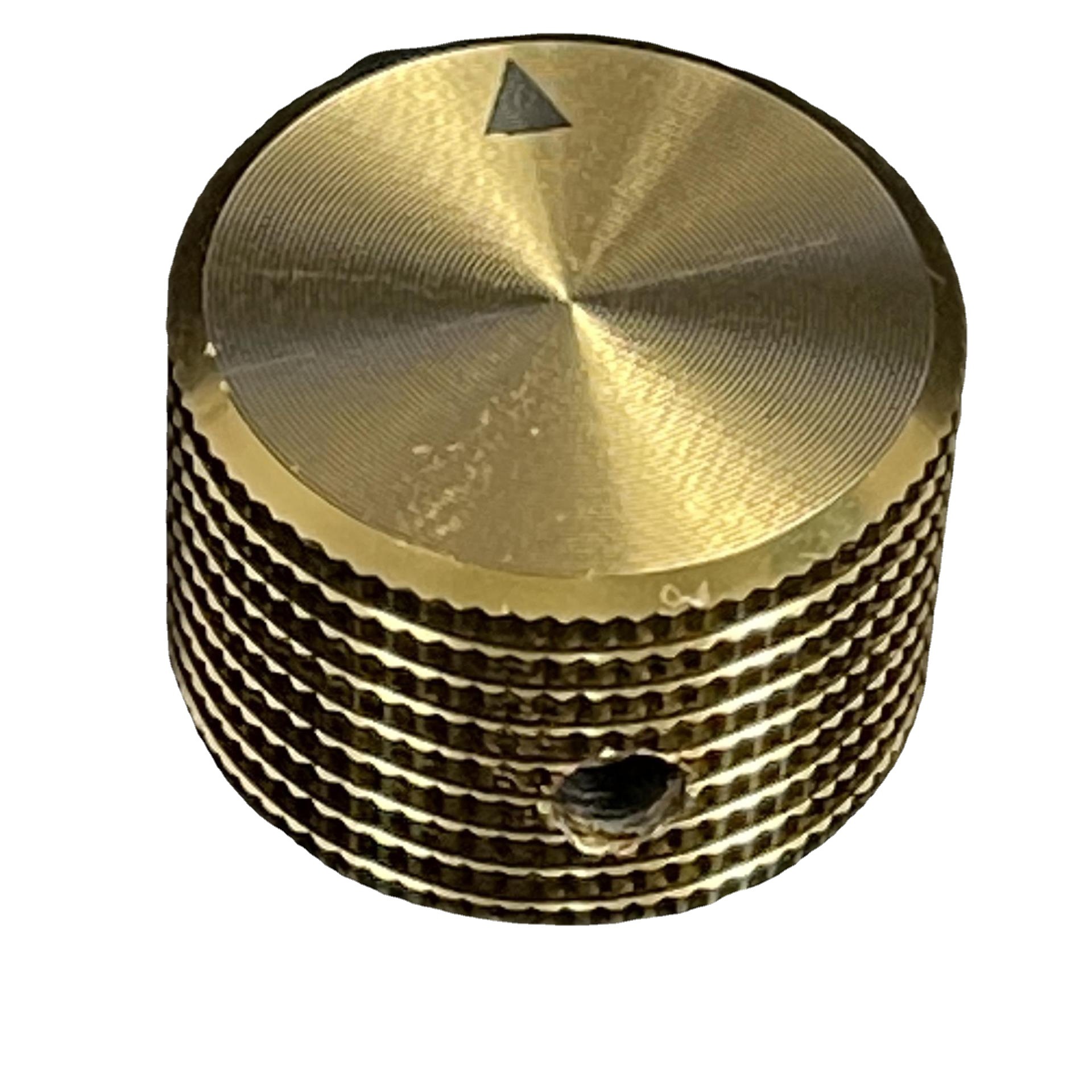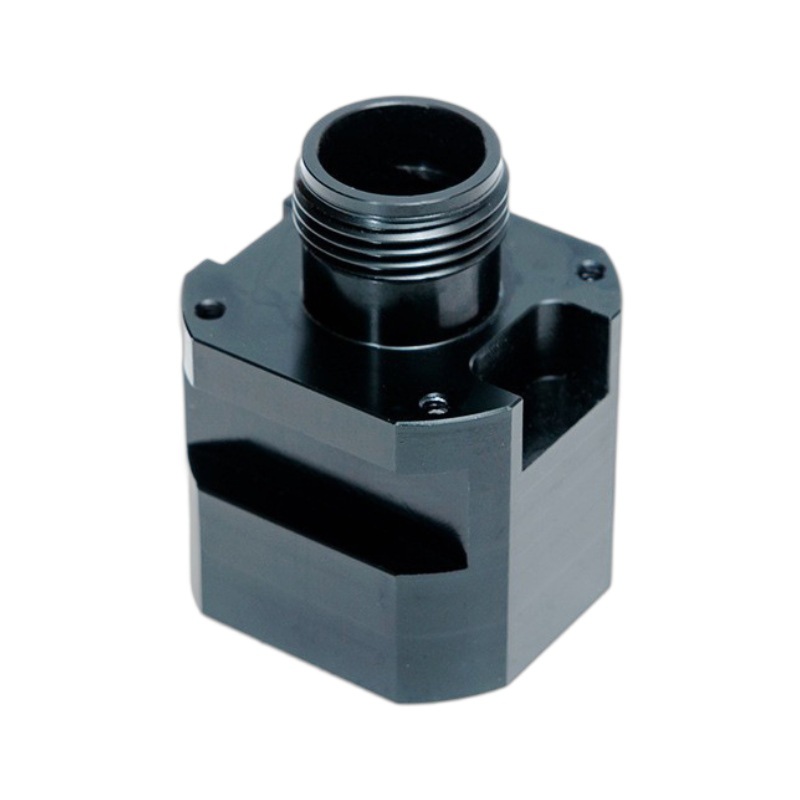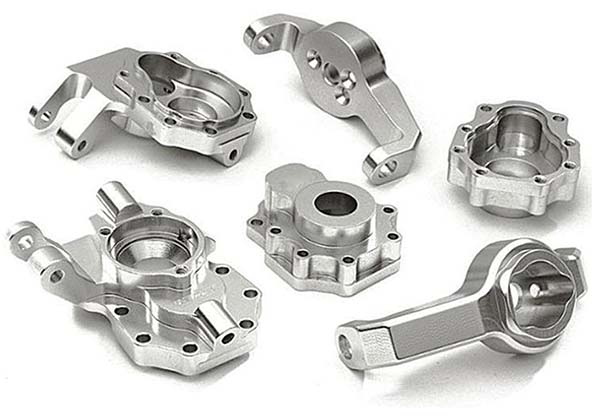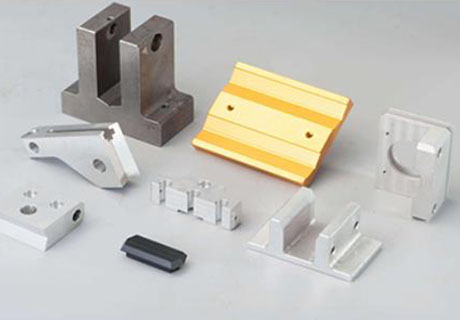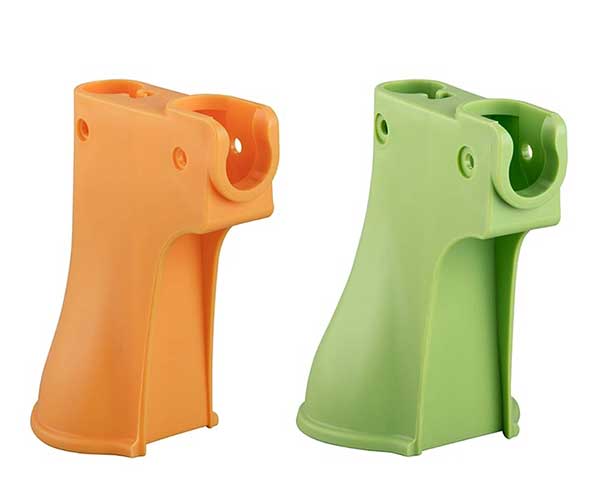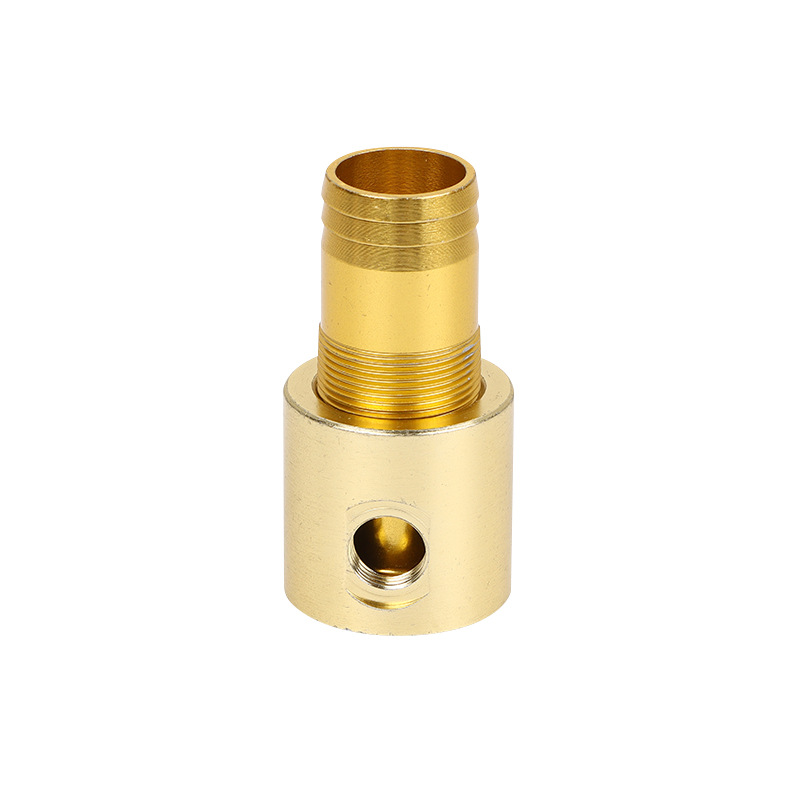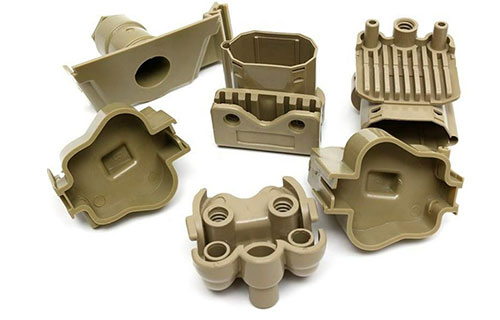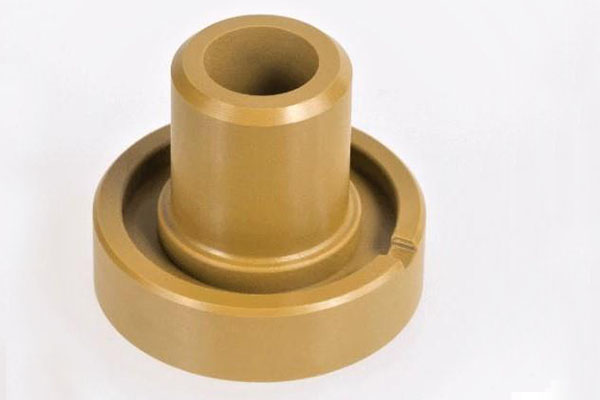Manufactured parts often leave the production line with flaws: rough edges, uneven surfaces, or tiny burrs that can compromise performance. A gear might wear prematurely due to surface friction, a medical instrument could cause tissue irritation from a sharp edge, or a smartphone casing might look unpolished with visible machining marks. Chemical treatments or coatings can’t fix these physical imperfections—what’s needed is a process that reshapes, smooths, and refines surfaces mechanically. This is where surface treatment mechanical finishing excels. By using abrasives, tools, or controlled force, it solves these pain points—delivering precise dimensions, smooth textures, and enhanced durability, all while preparing surfaces for further treatments. In this guide, we’ll explore how mechanical finishing works, its key types, properties, and how to leverage it for high-quality, reliable parts.
Introduction to Mechanical Finishing
Mechanical finishing is a family of processes that refine surfaces through physical force—blending precision engineering with material science:
- Definition: Mechanical finishing refers to a range of techniques that use abrasives, mechanical tools, or controlled impact to alter a material’s surface (typically metal) by removing small amounts of material, smoothing irregularities, or enhancing properties like hardness. It improves surface texture, dimensional accuracy, and functional performance.
- Historical background: Ancient civilizations used stone abrasives to polish metals for weapons and jewelry. The Industrial Revolution introduced mechanized grinding machines in the 1800s, followed by precision honing and lapping in the early 1900s. Modern advancements, like computer-controlled polishing systems, now achieve nanoscale surface finishes for semiconductor and aerospace applications.
- Basic principles: Mechanical finishing works by either cutting (abrasive particles removing material), deforming (smoothing through pressure), or compacting (strengthening surface layers). Processes are tailored to material type—e.g., grinding removes more material for shaping, while buffing uses soft abrasives for shine.
- Industrial significance: Mechanical finishing is a critical step in 90% of metal manufacturing, from automotive to medical devices. It ensures parts meet tight tolerances (±0.001 mm) and surface roughness standards (as low as 0.02 μm Ra). The global mechanical finishing equipment market exceeds $8 billion, driven by demand for precision components.
- Environmental considerations: While mechanical finishing generates abrasive waste and metal particles, modern systems include dust collectors and recycling for abrasives (e.g., aluminum oxide). Water-based coolants replace hazardous oils, and many processes use biodegradable lubricants, complying with OSHA and EPA regulations.
- Comparison with other surface treatments: Mechanical finishing offers unique advantages for physical surface refinement:
| Feature | Mechanical Finishing | Chemical Etching | Electroplating |
| Surface Impact | Physical smoothing/removal | Chemical dissolution | Deposits metal layer |
| Dimensional Control | High (±0.001 mm) | Moderate (±0.01 mm) | Low (adds thickness) |
| Roughness Reduction | Excellent (0.02-5 μm Ra) | Good (0.5-10 μm Ra) | Dependent on base surface |
| Cost for Precision | Moderate to high | Low to moderate | High |
Types of Mechanical Finishing
Mechanical finishing techniques vary by application, from heavy material removal to ultra-fine polishing:
- Grinding: Uses rotating abrasive wheels (aluminum oxide, silicon carbide) to remove material for shaping or sizing. Surface grinders achieve flatness within 0.0005 mm, while cylindrical grinders refine shafts to ±0.001 mm tolerance. Common in automotive crankshafts and bearing races.
- Polishing: Uses progressively finer abrasives (from 120 grit to 10,000 grit) to smooth surfaces, reducing roughness from 5 μm Ra to 0.1 μm Ra. Buffing wheels with abrasive compounds (e.g., rouge) create a semi-gloss finish, used in stainless steel appliances and jewelry.
- Buffing: A final step after polishing, using soft cloth wheels with wax or diamond compounds to achieve high gloss (0.02-0.1 μm Ra). It’s used for decorative parts like automotive trim and silverware, where reflectivity is key.
- Honing: Uses abrasive stones mounted on a rotating tool to finish internal surfaces (e.g., engine cylinders). It creates a crosshatched pattern that retains oil, reducing friction. Honed surfaces have 0.1-0.5 μm Ra and roundness within 0.002 mm.
- Lapping: Uses a flat plate with abrasive slurry to achieve extreme flatness (±0.0001 mm) on parts like optical lenses and valve seats. It’s often used in pairs (e.g., lapping two surfaces against each other) for mirror-like finishes.
- Sandblasting: Propels abrasive particles (sand, glass beads) at high pressure to clean or texture surfaces. It removes rust, paint, or scale, preparing surfaces for coating. Bead blasting uses round beads to peen (strengthen) while cleaning, common in aerospace parts.
- Tumbling: Places parts and abrasives in a rotating drum, using friction to deburr and polish. Mass finishing processes like barrel tumbling handle 1000+ small parts (screws, jewelry) at once, reducing labor costs.
- Vibratory finishing: Uses a vibrating bowl with abrasive media to finish parts, more efficient than tumbling for complex geometries. It’s used for deburring injection-molded components and polishing fasteners.
- Shot peening: Bombards surfaces with small metal shots (steel, ceramic) to create compressive stress, strengthening against fatigue. It extends the life of springs, gears, and turbine blades by 2-3x.
- Electropolishing: An electrochemical-mechanical hybrid that removes a thin surface layer (0.1-1 μm) to smooth and brighten stainless steel. It’s used for medical devices and food processing equipment, achieving 0.02 μm Ra finishes.
Properties of Mechanically Finished Surfaces
The properties of mechanically finished surfaces directly impact part performance and longevity:
- Surface finish: Mechanical finishing reduces roughness from as-cast (50-100 μm Ra) to polished (0.02 μm Ra). For example, grinding achieves 0.5-5 μm Ra, while lapping reaches 0.02-0.1 μm Ra. Smooth surfaces reduce friction, making them ideal for bearings and seals.
- Dimensional accuracy: Processes like grinding and honing hold tolerances within ±0.001 mm, critical for parts that must fit precisely (e.g., engine valves, aerospace fasteners). This eliminates “play” in assemblies and ensures consistent performance.
- Wear resistance: Shot peening increases surface hardness by 10-30% (e.g., from 30 HRC to 40 HRC) through compressive stress, reducing fatigue failure. Polished surfaces also wear more slowly than rough ones, as there are fewer micro-irregularities to catch and abrade.
- Corrosion resistance: Smooth surfaces (≤0.1 μm Ra) are less prone to corrosion because there are fewer crevices for moisture and contaminants to accumulate. Electropolished stainless steel, for example, resists pitting 30% better than unpolished steel.
- Adhesion: Sandblasting or grinding creates a textured surface (1-5 μm Ra) that improves coating adhesion by 200-300% compared to smooth surfaces. This is critical for painted automotive parts and powder-coated machinery.
- Aesthetic appeal: Polished and buffed surfaces reflect light uniformly, with mirror finishes (0.02 μm Ra) used in decorative applications like jewelry, automotive trim, and architectural metalwork.
- Hardness: Shot peening and cold working during finishing increase surface hardness without altering the bulk material. For example, peened springs have a harder surface layer that resists deformation under load.
Applications of Mechanical Finishing
Mechanical finishing enhances performance across industries, from heavy machinery to microelectronics:
- Automotive: Engine cylinders are honed to 0.2-0.5 μm Ra to retain oil and reduce friction, improving fuel efficiency by 5-10%. Gear teeth are ground to ±0.002 mm tolerance to minimize noise and wear.
- Aerospace: Turbine blades undergo shot peening to resist fatigue at high temperatures, while hydraulic components are lapped to 0.1 μm Ra to prevent leaks. These processes ensure reliability in extreme conditions.
- Medical devices: Surgical instruments are electropolished to 0.05 μm Ra to prevent bacterial adhesion and ease cleaning. Implants (e.g., hip joints) are polished to reduce friction against bone and tissue.
- Consumer electronics: Smartphone casings are polished to 0.1 μm Ra for a sleek feel, while laptop hinges are tumbled to remove burrs that could catch or wear prematurely.
- Jewelry: Precious metals (gold, silver) are buffed to mirror finishes (0.02 μm Ra) to maximize reflectivity. Tumbling removes casting marks from bulk pieces before final polishing.
- Industrial equipment: Bearings and seals are ground to 0.1-0.5 μm Ra to reduce friction and extend service life. Hydraulic valves are lapped to ensure tight seals, preventing pressure loss.
Mechanical Finishing Process and Equipment
The mechanical finishing process and equipment are tailored to achieve specific surface properties:
- Grinding machines: Include surface grinders (flat surfaces), cylindrical grinders (shafts), and tool and cutter grinders (precision tools). They use abrasive wheels (60-1200 grit) with coolants to prevent overheating.
- Polishing machines: Range from handheld rotary tools (for small parts) to automated robotic polishers (for large surfaces like automotive panels). Abrasives progress from coarse (80 grit) to fine (10,000 grit) for smoothness.
- Honing machines: Use a rotating spindle with adjustable abrasive stones to finish bores (5-500 mm diameter). They operate at 100-1000 RPM, with coolant flushing away debris.
- Lapping machines: Flat lapping plates (cast iron, copper) with abrasive slurry (diamond, alumina) process parts up to 1 meter in diameter. Some use computer control to maintain pressure and achieve nanoscale flatness.
- Blast cabinets: Enclosed systems for sandblasting and shot peening, with pressure regulators (20-100 PSI) to control abrasive intensity. Media options include sand, glass beads, and ceramic shots.
- Tumbling machines: Barrel tumblers (rotating drums) and vibratory finishers (shaking bowls) hold parts, abrasive media (plastic, ceramic), and water-based compounds. Cycle times range from 30 minutes to 8 hours.
- Electropolishing equipment: Uses a DC power supply, electrolyte solution (phosphoric acid-based), and cathode to remove surface material. It’s often automated for consistent results on medical and aerospace parts.
- Quality control equipment: Surface roughness testers (profilometers) measure Ra, Rz, and Rq values. Micrometers and optical comparators verify dimensional accuracy, while hardness testers (Rockwell, Vickers) check surface hardness.
- Safety equipment: Dust masks or respirators (for abrasive particles), safety glasses, and gloves. Grinding machines require guards to prevent wheel fragments, and blast cabinets need ventilation to remove dust.
Quality Control and Maintenance in Mechanical Finishing
Rigorous quality control and maintenance ensure consistent, precise results:
- Surface inspection: Profilometers measure roughness (Ra 0.02-5 μm) at 5-10 points per part. Visual checks (under magnification) identify scratches, pits, or uneven finishes—critical for optical and medical parts.
- Dimensional inspection: Micrometers, calipers, and CMMs (coordinate measuring machines) verify tolerances, with readings logged for traceability. For example, aerospace parts must meet ±0.001 mm to pass inspection.
- Equipment maintenance: Abrasive wheels and belts are replaced when worn (after 50-100 hours of use) to prevent uneven finishing. Lubrication of moving parts (spindles, bearings) is done daily, and filters in coolant systems are changed weekly.
- Abrasive media control: For tumbling and blasting, media size and shape are checked regularly—worn media is replaced to maintain consistency. For example, 3 mm ceramic media works best for deburring small holes.
- Process parameters: Grinding speed (1000-3000 RPM), polishing pressure (5-20 N), and blast pressure (20-80 PSI) are logged and adjusted to maintain quality. SPC (statistical process control) tracks variations and prevents defects.
- Quality standards: Compliance with ISO 9001 (quality management) and specific standards like ASME B46.1 (surface texture) and ASTM E18 (hardness testing) ensures parts meet industry requirements. Medical devices often follow ISO 13485.
- Defect correction: Scratches from grinding are fixed by re-polishing with finer abrasives. Dimensional errors may require re-grinding (within material limits), while uneven finishes indicate worn tools that need replacement.
Yigu Technology’s Perspective
As a leading custom manufacturing supplier in China, Yigu Technology offers comprehensive mechanical finishing services for automotive, medical, and aerospace clients. Our capabilities include precision grinding (±0.001 mm), electropolishing (0.05 μm Ra), and shot peening. We use automated systems with SPC to ensure consistency, and our quality lab includes profilometers and CMMs for rigorous testing. We tailor processes to material type—aluminum, stainless steel, or titanium—delivering surfaces that balance functionality and aesthetics. Our commitment to ISO 9001 and lean manufacturing ensures cost-effective, on-time delivery of mechanically finished parts.
FAQs
- What’s the difference between polishing and buffing?
Polishing uses abrasive compounds (e.g., aluminum oxide) to remove small amounts of material, reducing roughness from 5 μm Ra to 0.1 μm Ra. Buffing uses softer wheels (cotton, felt) with wax or diamond compounds to create high gloss (0.02-0.1 μm Ra) without significant material removal.
- How does mechanical finishing affect corrosion resistance?
Smooth finishes (≤0.1 μm Ra) reduce corrosion by minimizing crevices where moisture accumulates. Processes like electropolishing also remove iron-rich surface layers from stainless steel, leaving a chromium-rich layer that resists rust 30% better than unpolished steel.
- Can mechanical finishing be used on non-metal materials?
Yes—plastics, ceramics, and composites are often mechanically finished. For example, plastic injection molded parts are tumbled to remove burrs, while ceramic insulators are ground to precise dimensions. Abrasive selection is adjusted (e.g., diamond for ceramics) to avoid damage.
